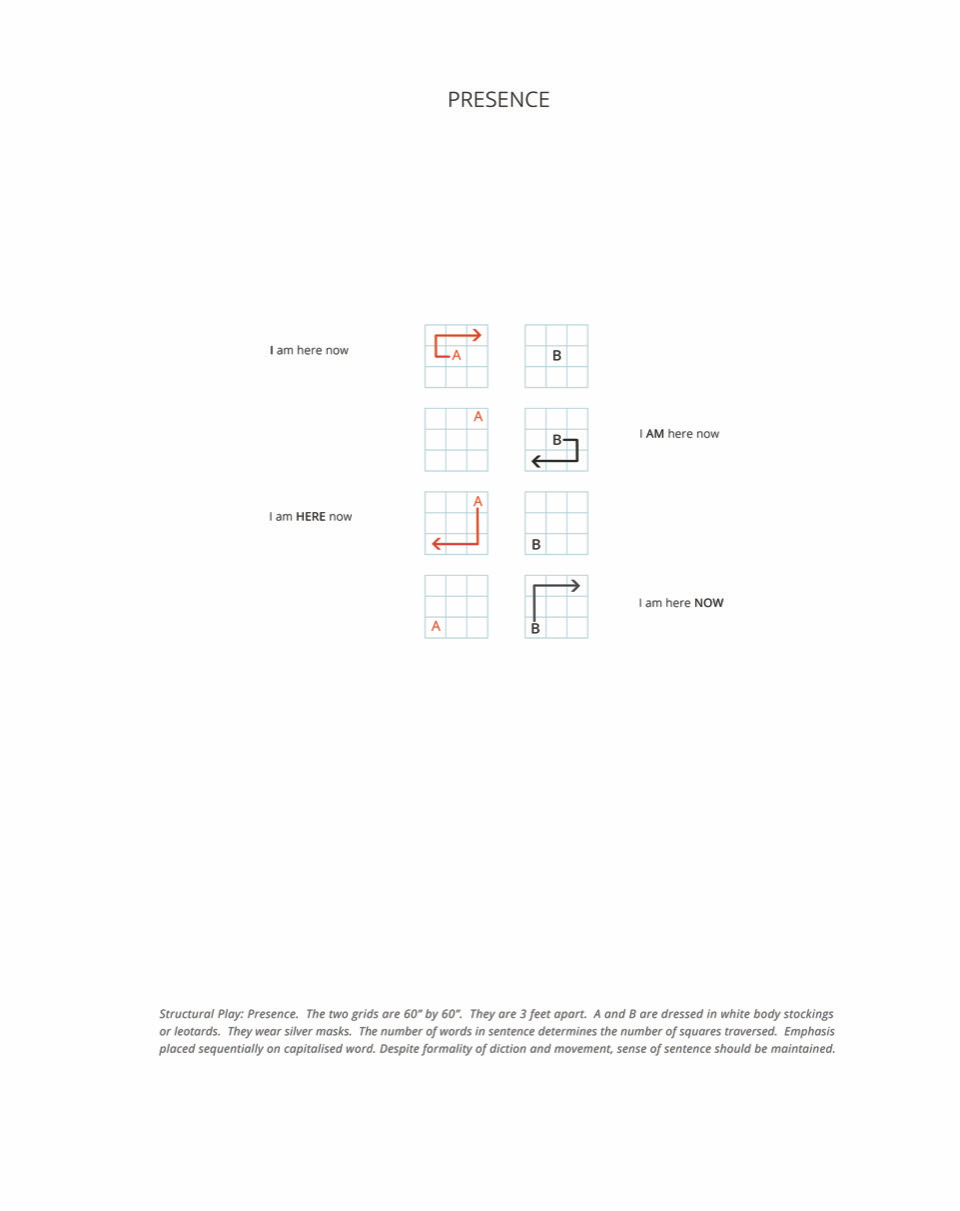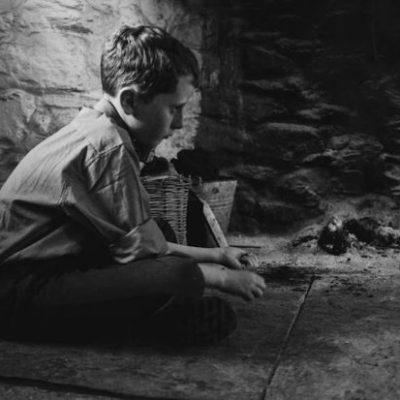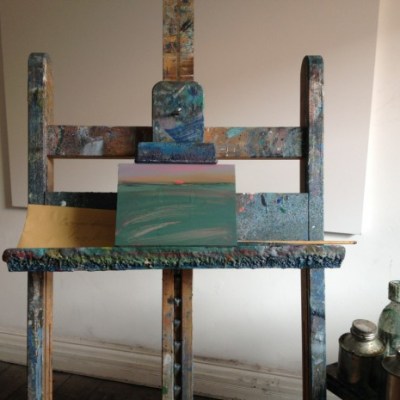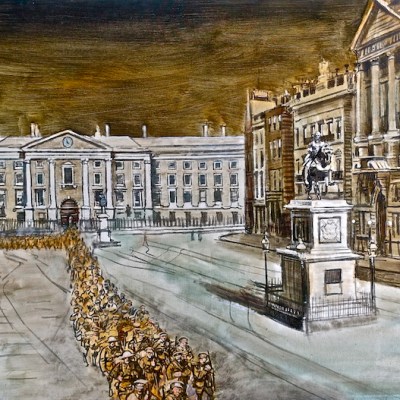The artist, critic, (Booker Prize-shortlisted) novelist, television presenter and – yes – doctor Brian O’Doherty was born 90 years ago this month in County Roscommon. Tucked away in the north-west midlands of Ireland and sparsely populated, Roscommon is the kind of place people drive through on their way to somewhere else. But, as the song famously has it, if you can make it in New York you’ll make it anywhere, and O’Doherty – based in Manhattan since the late 1950s – has recently been honoured with the Freedom of his native county. The artist’s work is also being celebrated elsewhere in Ireland this year. At the Sirius Arts Centre in Cobh, County Cork, layers of paint and wallpaper have been stripped away to reveal O’Doherty’s One, Here, Now, a series of nine floor-to-ceiling murals completed there in 1996. Up the road, at Cork city’s Crawford Art Gallery, several of his films are being screened. In Dublin, ‘Brian O’Doherty Language and Space’ has recently opened at the Irish Museum of Modern Art.
Much of this small, two-room exhibition highlights O’Doherty’s 10-year association with the Dublin fine art print studio Stoney Road Press. Several of the etchings displayed explore the artist’s interest in the relationship between line and language. They focus on the vowels of Ogham script, a recurring subject in his work since the 1960s. Ogham is an ancient Irish writing system found carved on standing stones. It translates the letters of much of the Roman alphabet into series of vertical and slanted lines, which O’Doherty’s drawings rework into various patterns. Some, such as Shimmering ‘I’s (2008), focus on one vowel; others, such as the more recent Rotating Vowel series (2014), represent all five. Most use coloured lines but one is monochrome. They can be made up of dense patterns of hatching or be more minimalist, echoing right back to Mondrian’s grids and late Matisse cut-outs.
Rotating Vowels iii (2014), Brian O’Doherty. Courtesy Stoney Road Press and the artist; © Brian O’Doherty

Holding this all back from mere pastiche or decoration is the promise serially made by their various titles that these drawings can somehow be heard as well as seen. There is something primal about vowel sounds according to what O’Doherty has described as his ‘ramshackle theory of linguistic origin’. Across the vicissitudes of an obsolete language’s visual translation, the viewer might just recognise a moan of primitive feeling, before the consonants come and take these sounds off to other more discursive and so possibly coercive places.
In the whole exhibition, recognising such a feeling is not just a question of inward contemplation but also of bodily response. One of his long-running series of three-dimensional installations, Rope Drawing #128: Flipped Corner (Green/Blue) (2017), sees a painted pattern of block colours on either wall of a corner cut across on a different spatial plane by a length of thin rope. Viewers can experience multiple, shifting images, as they stand on one spot, closing and opening their eyes in turn. Here is line and colour made into a kind of pre-articulation, a subtle shift in visual language perceived by and enacted within the viewer’s body.
PRESENCE (2018), Brian O’Doherty. Part of the Structural Plays series Courtesy Stoney Road Press and the artist; © Brian O’Doherty

Similar self-consciousness is induced in relation to the perception and performance of language through O’Doherty’s eleven Structural Plays – first devised in the late 1960s but recently reprinted by Stoney Road Press. On the gallery’s walls are hung various instructions; on the floor is marked two three-by-three white grids. The plays we are invited to perform, see being performed or just imagine being performed involve voicing set phrases with different emphases. In the case of the first and simplest of the plays, Presence, the two speakers’ conversation runs through the four alternative points of emphasis in the phrase ‘I am here now’. So ‘I am here now’, is then answered by ‘I am here now’, and so on. The performers also make mirroring moves within the grid in parallel to this. Other plays are more complex, exploring up to 20 variations in verbal emphasis, alongside parallel moves in the grid.
There is an implicit politics to much of this linguistically and visually abstract work’s distrust of hubristic certainty and control. Language becomes a kind of bodily, moving act; the uncertainty of being answers a desire to be known and to know. This political consciousness is made explicit in the fact that the exhibition also marks ten years since the performance at IMMA of The Burial of Patrick Ireland (2008) – captured in a film by Sé Merry Doyle that is also being screened alongside the exhibition. Patrick Ireland was the alter-ego that O’Doherty had adopted since 1972 in an earlier performance piece made in response to the murders of Bloody Sunday and documented in Name Change (1972), here also on show. If the self-consciousness this many-sided artist’s work provokes is now being suitably honoured at home, one can only hope he’ll go on making it in other places too.
‘Brian O’Doherty Language and Space’ is at the Irish Museum of Modern Art (IMMA) until 16 September.



